FLYING ACROSS THE HIGH ARCTIC
Featured
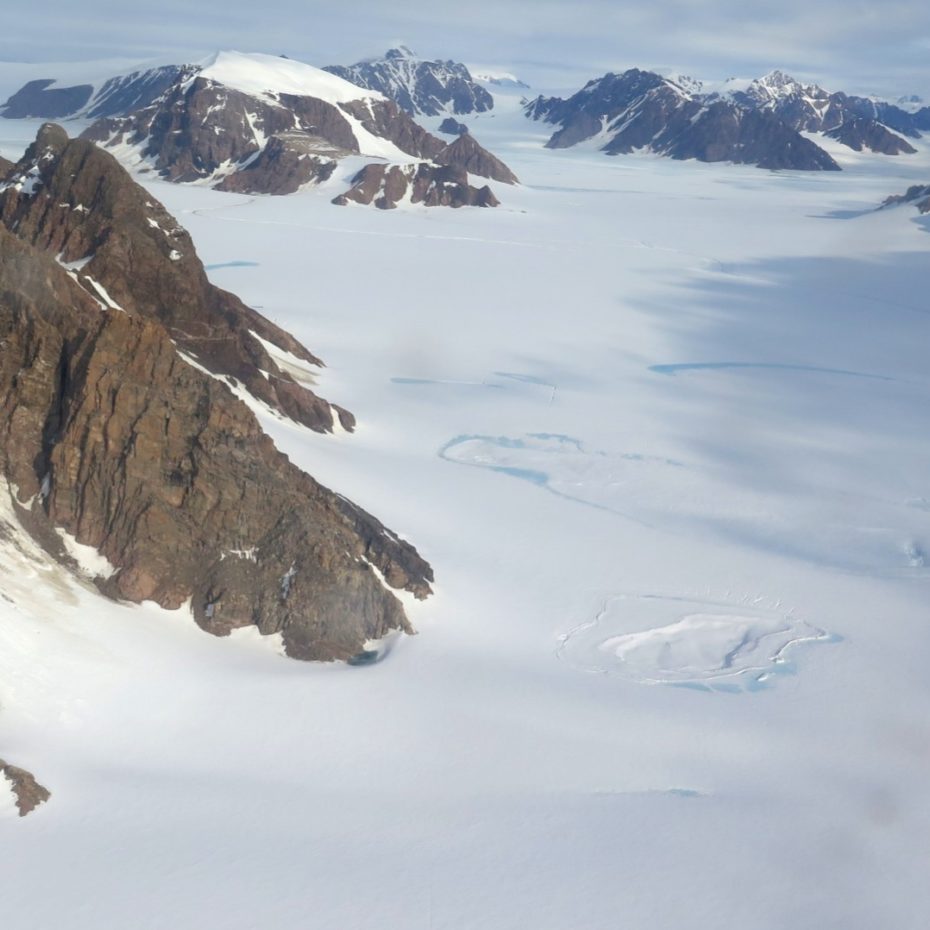
Featured
October 25, 2019 | Ellesmere Island, Somerset Island, Baffin Island
Richard shares a few highlights from a private Arctic historical adventure this past summer, created for returning guest Jim.
Jim asked us to create a private adventure that would traverse the High Arctic. His third journey with our team, Jim is an accomplished pilot, adventurer, photographer and polar history enthusiast. We knew the adventure had to be special.
Armed with a twin otter, we explored Somerset Island and the central Northwest Passage, then flew from Arctic Watch to the Ward Hunt Island (the most northern tip of land in Canada) and many places in between! Here are a few highlights.
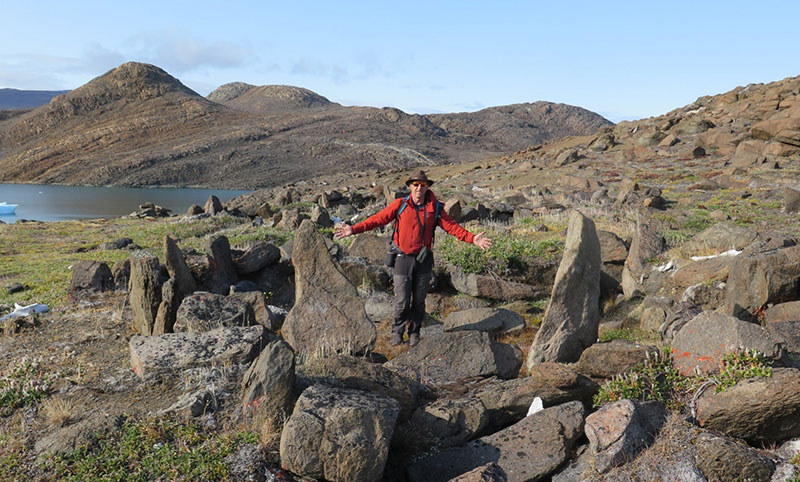
Skraeling Island: One stop on our expedition was the old RCMP post at Alexandra Fiord on Ellesmere Island. Manned continuously in the 1950’s; a visit here is a trip back in time. But our plan was more ambitious. We brought two collapsible kayaks - forty-five minutes to put them together and we were paddling out in the fiord. Our goal was a small island, home to humans, off and on, for 4600 years. It is regarded as one of the foremost archeological sites in Arctic Canada. The island is packed with the remains for human habitation and was excavated in the 1970s (read “Voices in Stone” by Peter Schledermann). The site has notable features such as an Independence fire hearth (4600 years-old), complete with small round stones that were heated, then used to boil water to big Thule houses. It was here that a number of Viking artifacts were also found including ship rivets and chainmail.
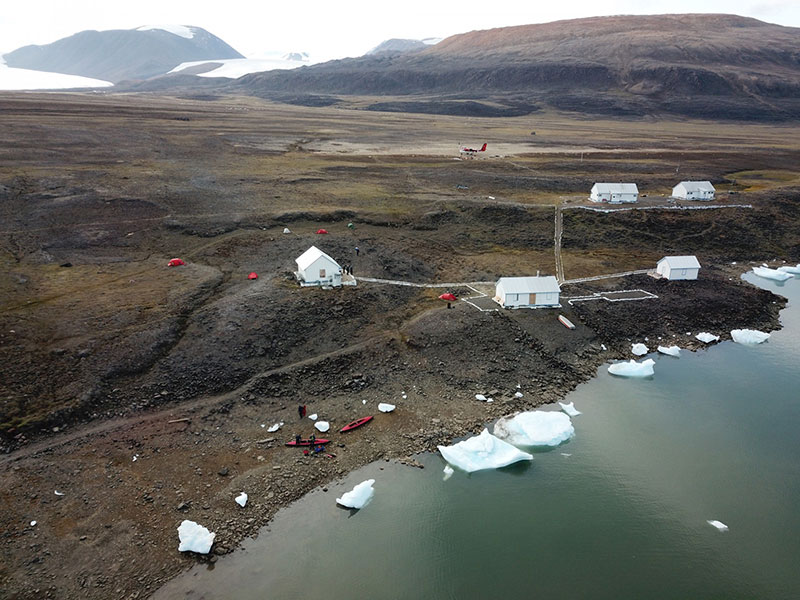
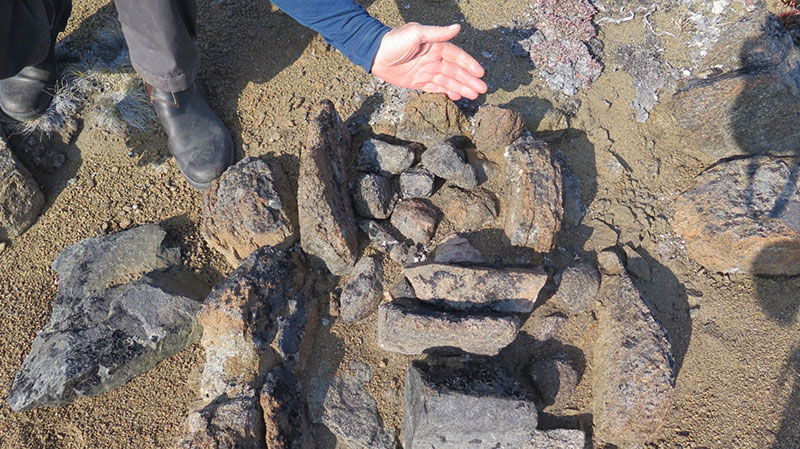
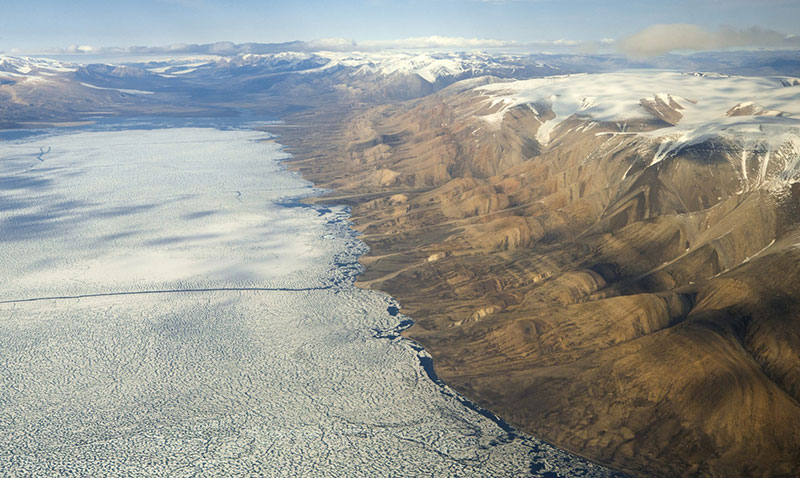
Greenland: American explorer, Charles Francis Hall dreamed to reach the North Pole. He led an expedition in 1871 that over wintered in the northwest corner of Greenland. His dream crashed when his doctor (probably) poisoned him. He was placed in a shallow grave in November 1871. The ground was frozen and hard to dig. The crew buried him as best as possible, then having no headstone they stuck a crowbar into the grave and departed. The following June, one of the crew, feeling badly, carved a wooden headstone and place it on the grave. He noted in his diary that some arctic willows that has been thrown on the grave in the digging process had taken root. In 1875, British explorer George Nares came by; he buried two of his own crew nearby and put up a nice bronze plaque to honor Hall.
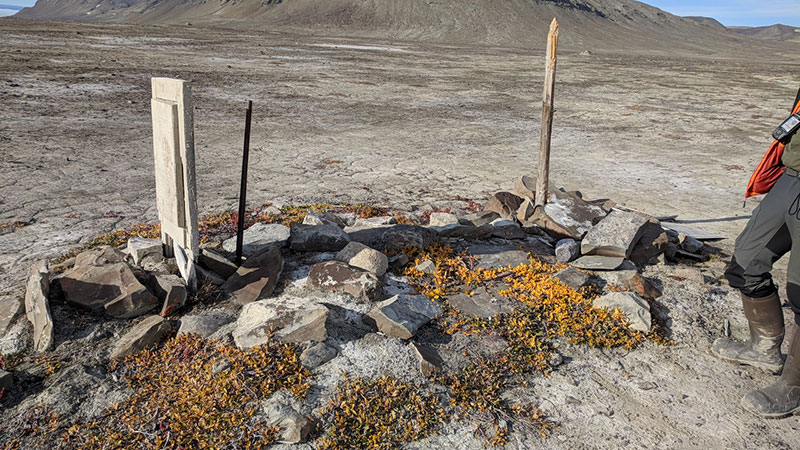
We had a difficult time to find the grave as no coordinates were available; we had to search by aircraft and foot. Eventually we spotted all the debris left behind, including remains of a hut for scientific study. It is a bleak spot, not really a harbour, more like a small curve in the shoreline. Amazingly, the crowbar is still in place on Hall’s grave. Willows now cover the grave and have grown to a huge size (for the High Arctic). A polar bear had recently knocked down Nares’ sign. Sadly, we could see (from a detailed description from the 1970s) that many artifacts have been stolen, including the headstone of one of Nares sailors. Sadly, many of these artifacts are benign, everyday items of no special note, for example a blue glass bottle. What makes them unique is the setting, remove it from the arctic and it becomes a bit of glass. Who would steal a headstone … that is something else!
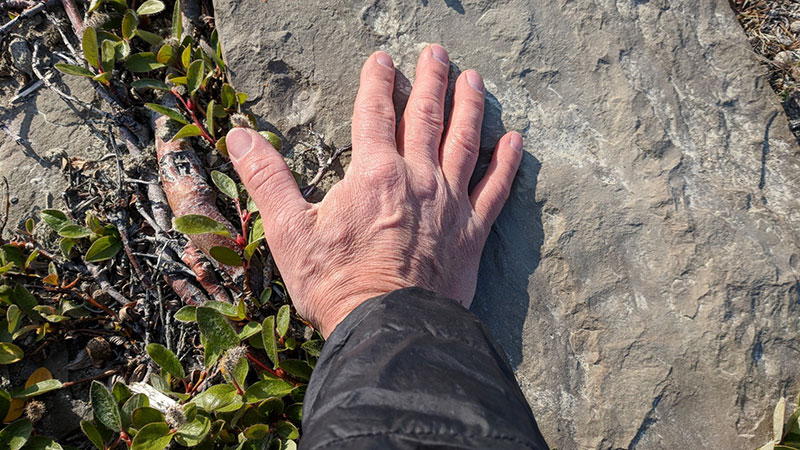
Alex Heiberg Island is 43,000 square kilometres of uninhabited wilderness, much of it, mountains and glaciers. We made a short stop on the shores of Axel Heiberg Island to catch our supper of arctic char and explore the forty-two million year old mummified forest.
Bernier Bay is just across from Somerset (and Arctic Watch) on Baffin Island. A small, nondescript river that gently floes into the Arctic Ocean was our goal - it is home to truly spectacular arctic char fishing. We landed next to the river and success! World class arctic char fishing. What was notably interesting of the area was a Thule site (likely about 1000 years old), positioned next to the river. This prehistoric site is a former home to Inuit that crossed from Alaska following the bowhead whales. There were piles of whale bones, in particular the bottom of the jaw bones, cut off, no doubt to access the marrow. The site had the remains of two winter houses with a grave on the beach. Looking carefully on the ground, we observed bits of bone, wood and ivory that have been cut or carved for various reasons. It is a one-thousand your old time capsule.
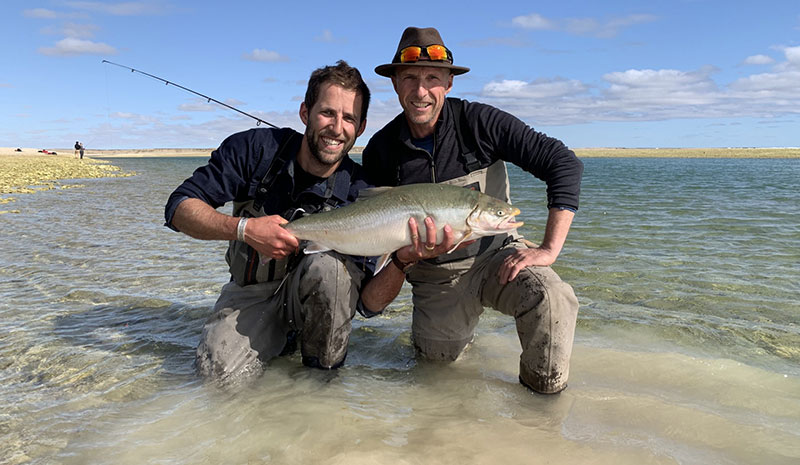
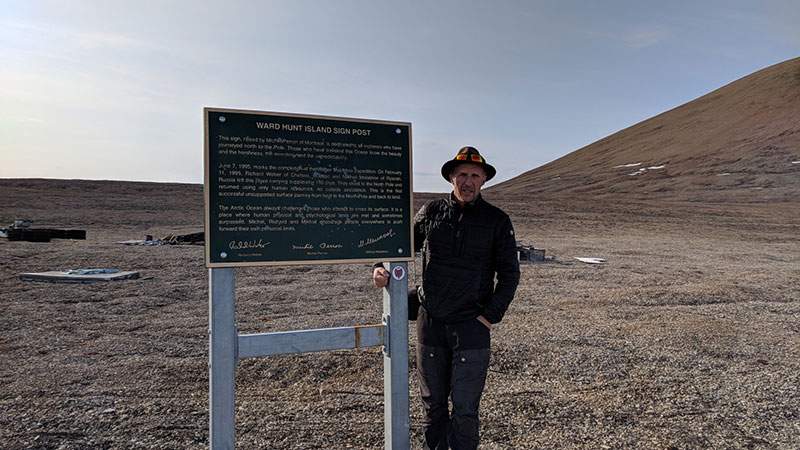
We understand that booking a trip like this is a big endeavour. Please reach out to us with any questions that you might have regarding your upcoming adventure.